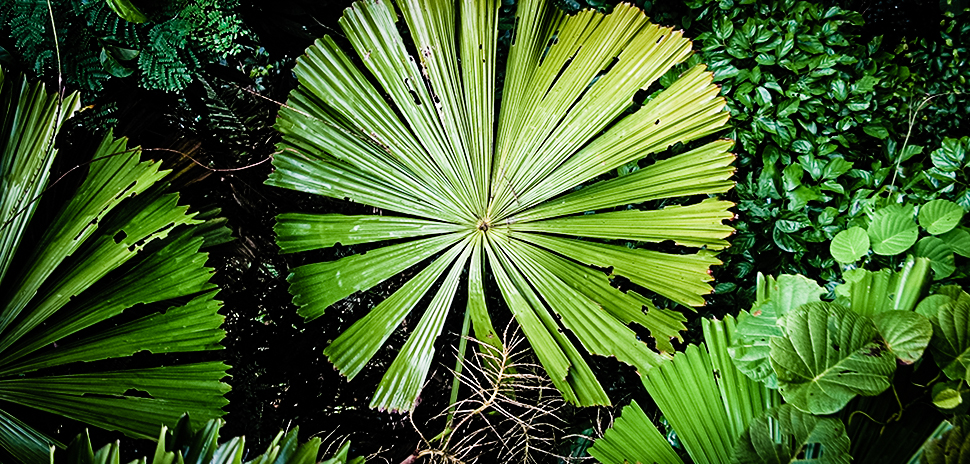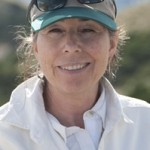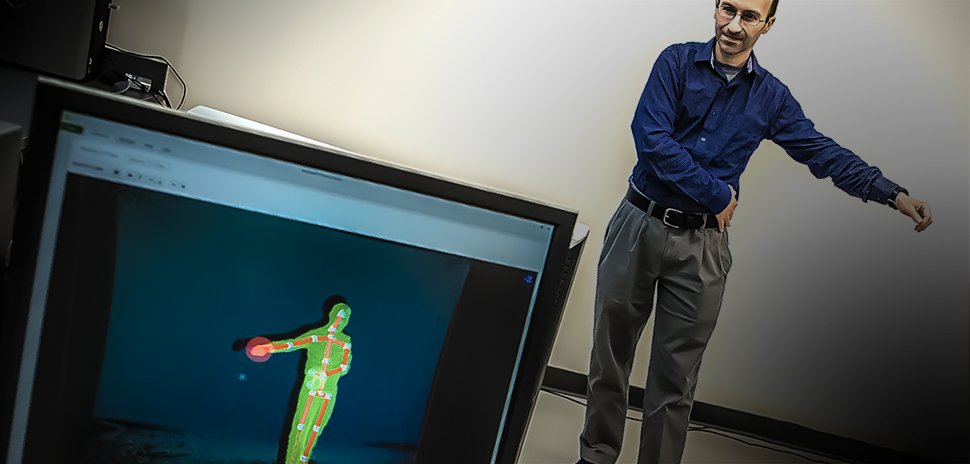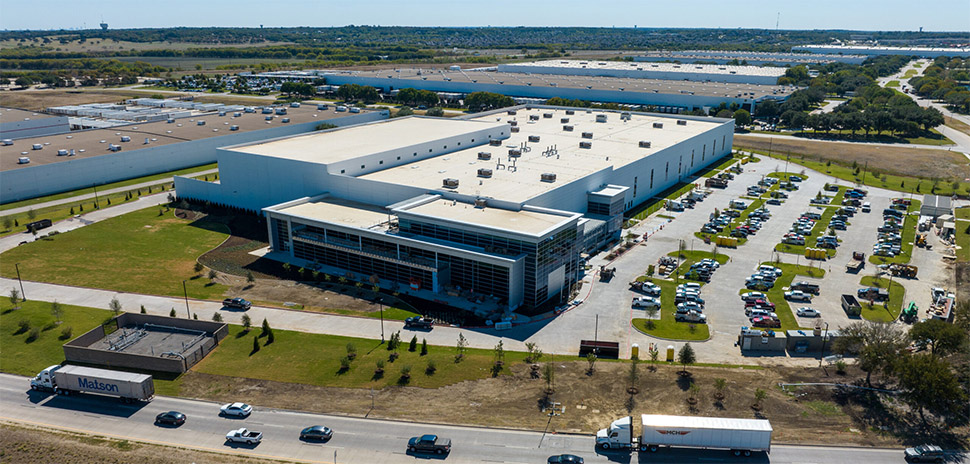UTA SCIENTIST HELPS BUSINESS IMPROVE FACIAL RECOGNITION TECH
Facial recognition is becoming omnipresent in our society, particularly in security and law enforcement, and the tech sector is looking for more ways to capitalize on and improve the technology.
Vassilis Athitsos, associate professor in the Computer Science and Engineering Department at the University of Texas at Arlington, is assisting a large tech corporation in evaluating existing facial recognition technologies and how they can be improved. Athitsos is working with Macnica Americas in the field of computer vision to see how the company can improve performance or lower the computational load to make better technology available to Maniac’s customers, the university said in a release.
The field of computer vision centers around the extraction, analysis, and understanding of information from an image or a sequence of images, with facial recognition occupying a major focus in that arena.
San Diego-based Macnica Americas is a division of Macnica Inc., a $3.2 billion global player in semiconductor distribution and design services.

A SMU researcher worked with an international team on the mystery of leaf size. [Photo courtesy of SMU]
RESEARCHERS ASK, HOW DID THAT LEAF GET SO BIG?

Bonnie Jacobs
The work of Southern Methodist University paleobotanist Bonnie F. Jacobs to help crack the mystery of leaf size recently got some recognition in Australian Geographic.
Jacobs, a professor in SMU’s Roy M. Huffington Department of Earth Sciences, worked with a team of international researchers from — the United Kingdom, Canada, Argentina, Estonia, Spain, China, and the U.S. — and their work was published earlier this month as a cover story in Science.
The team looked at 7,600 plant species over the past 20 years and pooled and analyzed the data with new theory in the field. Their goal is to create equations that can predict the maximum viable leaf size anywhere in the world based on two factors — daytime overheating and night-time freezing.
That will help create more accurate vegetation models that governments can use to predict how vegetation will change in each locale and around the world under climate change, and better plan for adaptation, SMU said in a blog post.
RESEARCHERS EXAMINE HOW JOURNALISM, TECH INTERACT

Angela Lee

LaKisha Ladson
Dallas Innovates is the intersection of technology and journalism every day, and two studies from The University of Texas at Dallas’ School of Arts, Technology, and Emerging Communication caught our eye.
The studies look at the different interactions between journalism and modern technology.
Angela Lee, assistant professor in mediated communication, was co-author of both studies, according to the university. The first study, Persuading to Pay: Exploring the What and Why in Crowdfunded Journalism, had master’s student LaKisha Nicole Ladson as lead author, and was published in the International Journal on Media Management. It’s a content analysis looking at the factors that led to successful funding of stories on the international crowdfunded journalism platform, Byline.
The second paper, Commercialization of Technology News, raises questions about the impartiality of technology journalism in coverage of Apple products in two major publications, The New York Times and USA Today. The study, published in Journalism Practice, was co-written by Hsiang Iris Chyi from the University of Texas at Austin.
To find out more about these studies, go here.
Dallas Innovates, every day
One quick signup, and you’ll be on the list.





































































